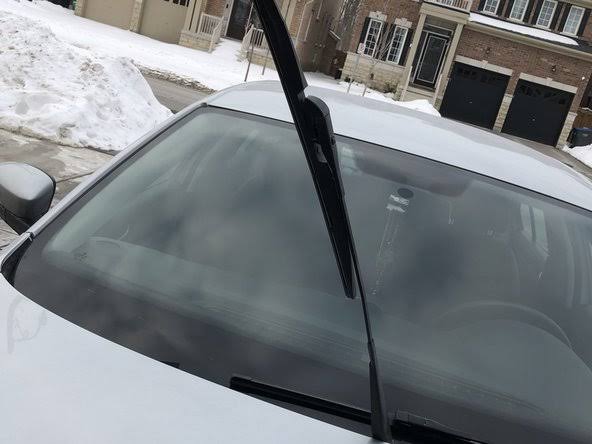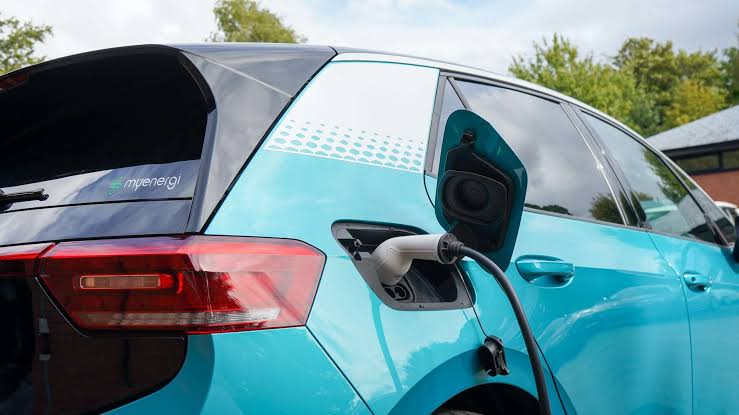When it comes to ensuring safe driving in various weather conditions, windshield wipers play a critical role. For Volkswagen Jetta owners, having a clear view of the road is paramount, whether you’re navigating through a torrential downpour or simply clearing morning dew. In this blog, we’ll explore everything you need to know about windshield wipers for the Volkswagen Jetta, including their types, maintenance tips, common issues, and replacement guidelines to keep your vision unobstructed and your driving experience safe.
Understanding Windshield Wipers for the Volkswagen Jetta
Function:
Windshield wipers are designed to clear rain, snow, ice, dirt, and other debris from the windshield, ensuring clear visibility for the driver. They consist of a wiper blade, which is attached to a wiper arm, and a motor that moves the arm back and forth across the windshield.
Components:
The primary components of windshield wipers include:
- Wiper Blades: The rubber or silicone blades that make contact with the windshield to clear away moisture and debris.
- Wiper Arms: The metal or plastic arms that hold the wiper blades and move them across the windshield.
- Wiper Motor: The electric motor that powers the wiper arms and blades, providing the necessary motion to clear the windshield.
Types of Windshield Wipers
Conventional Wiper Blades:
Conventional wiper blades, also known as frame-style blades, feature a metal or plastic frame with multiple pressure points that distribute force evenly along the length of the blade. They are the most common type of wiper blades and offer reliable performance in various conditions.
Beam Wiper Blades:
Beam wiper blades, also known as bracketless or flat blades, have a sleek, aerodynamic design without a metal frame. They feature a single, continuous piece of rubber or silicone that conforms to the curvature of the windshield, providing improved contact and performance, especially in harsh weather conditions.
Hybrid Wiper Blades:
Hybrid wiper blades combine the benefits of conventional and beam blades, featuring a rigid frame with a sleek, aerodynamic cover. They offer the durability and performance of beam blades with the added support and even pressure distribution of conventional blades.
Common Issues with Windshield Wipers
Streaking and Smearing:
Streaking and smearing can occur when the wiper blades become worn, damaged, or contaminated with dirt and debris. This results in poor visibility and can be hazardous, especially in heavy rain or snow.
Chattering and Skipping:
Chattering and skipping occur when the wiper blades do not make consistent contact with the windshield, often due to hardened or misshapen blades. This can result in uneven clearing and annoying noises during operation.
Reduced Effectiveness:
Over time, wiper blades can lose their effectiveness due to exposure to sunlight, extreme temperatures, and environmental contaminants. This leads to reduced performance and increased difficulty in clearing the windshield.
Maintenance Tips for Windshield Wipers
Regular Inspections:
Inspect the wiper blades regularly for signs of wear, damage, or contamination. Look for cracks, tears, or deformities in the rubber, as well as any buildup of dirt or debris on the blades or windshield.
Cleaning:
Clean the wiper blades and windshield regularly to remove dirt, debris, and contaminants that can affect performance. Use a mild detergent and water or a dedicated windshield cleaner, and wipe the blades with a damp cloth.
Seasonal Checks:
Check the condition of the wiper blades at the start of each season, especially before winter and rainy seasons. Replace the blades if they show signs of wear or reduced effectiveness to ensure optimal performance in adverse weather conditions.
Replacement Guidelines for Windshield Wipers
Signs for Replacement:
Replace the wiper blades on your Volkswagen Jetta if you notice any of the following signs:
- Streaking or smearing on the windshield
- Chattering, skipping, or squeaking during operation
- Visible cracks, tears, or deformities in the rubber
- Reduced effectiveness in clearing the windshield
Replacement Procedure:
- Identify the Correct Size: Determine the correct wiper blade size for your Volkswagen Jetta. Consult your owner’s manual or measure the existing blades to ensure you purchase the correct size.
- Remove the Old Blades: Lift the wiper arm away from the windshield and locate the release mechanism on the old wiper blade. Depending on the type of attachment, you may need to press a tab, slide a latch, or squeeze a connector to release the blade.
- Install the New Blades: Align the new wiper blade with the wiper arm and secure it in place according to the manufacturer’s instructions. Ensure the blade is properly attached and locked into position.
- Test the Wipers: Lower the wiper arm back onto the windshield and test the new wiper blades by activating the wipers. Check for smooth, even operation and clear visibility.
Conclusion
Windshield wipers are a vital component of your Volkswagen Jetta, ensuring clear visibility and safe driving in various weather conditions. By understanding their function, recognizing common issues, following proper maintenance tips, and knowing when to replace them, you can ensure that your wipers perform optimally and keep your vision unobstructed. Regular inspections, cleaning, and timely replacement of worn or damaged wiper blades are essential steps in maintaining clear visibility and a safe driving experience for you and your passengers. Keep your Volkswagen Jetta’s windshield wipers in top condition, and enjoy confident driving in all weather conditions.




Post Comment